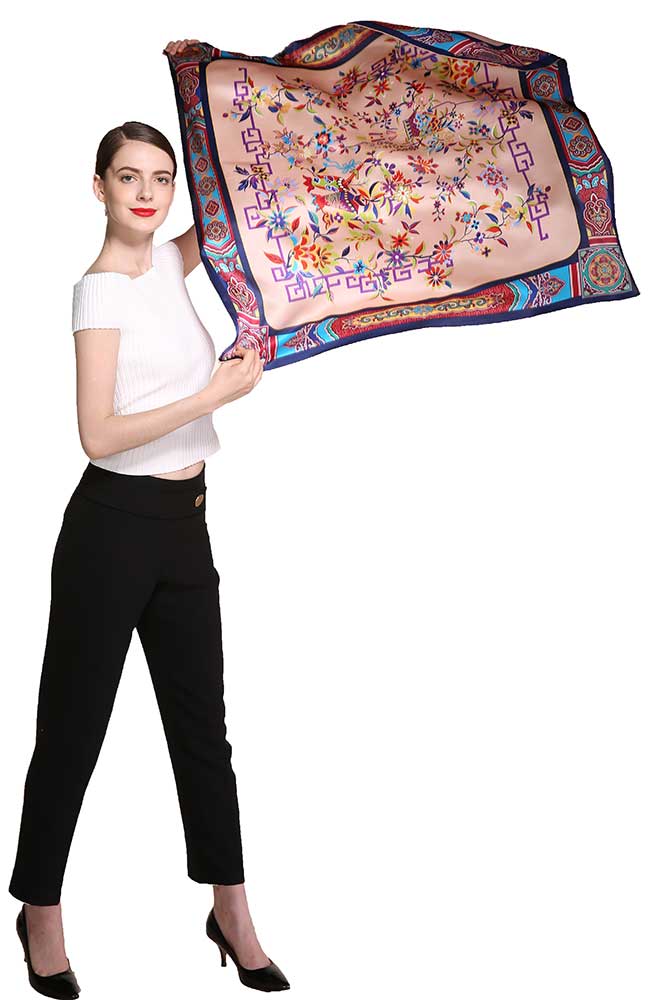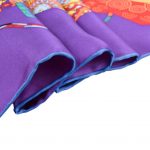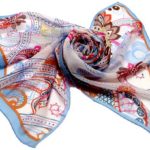 How Silk Is Made in China – The Unraveled Secret
How Silk Is Made in China – The Unraveled Secret
Out of the cocoons of worms unravels the most luxurious fabric known to humankind. From its ancient legendary origins to its world domination, the production of Chinese is a highly-specialized process, complete with a colorful history. Today, silk is enjoyed by multiple cultures and is known for its unique properties such as temperature regulation and UV protection. In today’s blog post, we get into the details of just how silk is made in China and other interesting facts about this fascinating, timeless fabric.
It All Begins with a Little, Blind Moth
China is the original home of silk, and the best silk worms in the world. Thought to be “discovered” by Lady His-Ling-Shih, wife of the Yellow Emperor, the powers of the silkworm cocoon were said to be found about 3000 BC. But China was actually able to keep sericulture, or silk production, a secret for nearly 2,000 years was because of the country’s reliance on the Bombyx mori, a blind, flightless moth.
The Bombyx mori lays 500 or more eggs in four to six days, and dies soon after reproduction. One hundred eggs only weigh one gram, making it necessary to have 30,000 worms to produce just one ounce of eggs. As if this moth and its silk fibers were tailor-made to be born of this Asian paradise, the modern day Bombyx mori can be traced back to the Bombyx mandarina Moore, a silk moth that dwelled only on the white mulberry tree, which is a species unique to China. The silkworm of this moth produced a thread that is smoother and finer and rounder than any other silk moths, making it possible for the Chinese to practice sericulture in secrecy for centuries. Through evolution, the Bombyx mori is still a specialized silk producer, whose only purpose in life is to rapidly produce eggs for a rapidly growing industry.
A Specialized, Time-Tested Process
Silk production is a lengthy process that depends on two main factors: preventing the moth from hatching out of the cocoon, and perfecting the silkworm diet. Across thousands of years, the Chinese developed secret methods for these techniques, now condensed into a process resembling the following:
- Eggs are incubated at gradually increased temperatures up to 77 degrees, at which point they hatch.
- Baby worms are fed mulberry leaves for a month until they are good and fat. Silk producers say a roomful of mulberry-munching worms sounds like heavy rain falling on a tin roof.
- Silk producers diligently protect the baby worms from loud noises, drafts, and strong odors until they spin a cocoon
- After eight or nine days, the cocoons are unwound via a steaming or baking process.
- Cocoons are then dipped into hot water to loosen the filaments.
- The filaments are wound on a spool, after which five to eight of these filaments are twisted to make one thread. Each cocoon contains filaments that measure between 600 and 900 meters long.
- Finally, the threads are woven into cloth or used for embroidery for products around the world.
Did you have any idea how much of an art sericulture really is? The next time you pick up a silk scarf, think of the ancient history, the scientific balance, and the hard work (both on the part of silk producer and worm) that goes into the fabric you so love. For more questions about silk production contact us at Grace Scarves, or browse our beautiful silk collections.

 How Silk Is Made in China – The Unraveled Secret
How Silk Is Made in China – The Unraveled Secret




Comments by Grace
Asian Silk Scrolls – 5 Ways A Silk Scroll Can Transform Any Room
"Kathleen, this scroll sounds like a very valuable piece of..."
The Real Silk Scarf Test – A Surefire Way to Test the Quality of Your Silk
"Thank you for your question and your interest in our..."